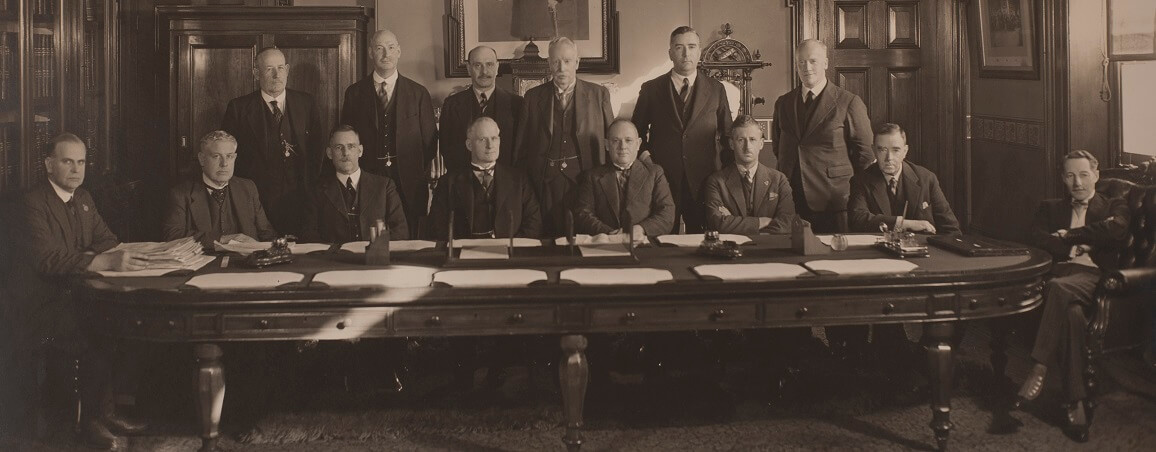
Australia is a constitutional monarchy and a parliamentary democracy. The Queen is formally Australia’s head of state and is represented by the Governor-General of the Commonwealth of Australia and by a Governor in each Australian state.
The Governor of Victoria, like other state Governors, is no longer subject to direction, supervision or veto by the Queen or the British Government, instead exercising the powers of the office in accordance with the advice of the Victorian Premier or the government ministers, sitting as the Victorian Executive Council. They represent and are responsible to the Victorian community.
The Executive Council, at which the Governor presides although not a member, meets on Tuesdays in the Executive Council Chamber in the Old Treasury Building. In advance of this weekly meeting, recommendations by government ministers – for Orders-in-Council to be made or other actions to be taken by the Governor in Council – are delivered to the Governor by the Clerk of the Executive Council.
A Bill passed by Parliament goes to the Attorney-General for signing, then to the Clerk, and finally to the Governor. Royal assent to a Bill is given by the Governor signing two copies, which are then sealed with wax. A Bill thus becomes an Act of Parliament.
From 1862 until the present day, the Old Treasury Building has been the location for weekly meetings of the Executive Council.
This photograph of the 1934 Executive Council includes (seated far right) Captain The Right Hon. William Charles Arcedeckne Vanneck, Baron Huntingfield, KCMG (Lord Huntingfield), Governor from 1934 to 1939. The Premier of the day, Sir Stanley Seymour Argyle, is absent.
Standing second from right is Robert Menzies (then Victorian Attorney-General and Minister for Railways), who later that year moved to federal parliament, eventually becoming Australia’s longest serving Prime Minister.
Plan your visit | Learn more
Ongoing display
Victoria's current Governor
Her Excellency Professor the Honourable Margaret Gardner AC
